
Climate bits
From metabolic engineering to use, bacteria to extract rare earth elements to feeding cattle diets that minimize their methane emission, biochemistry research can shed light on climate and sustainability. Contributing writer Meg Taylor rounded up some recent research findings for ASBMB Today’s special issue on climate change.
Biocrusts in a changing climate
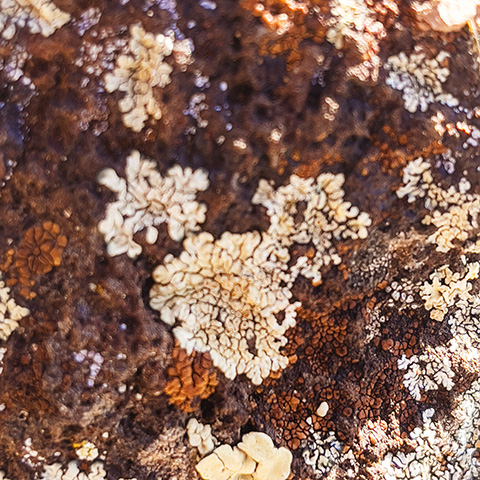
Biological soil crusts, or biocrusts, are fundamental communities in the world’s deserts. Composed of photosynthetic soil organisms, including mosses, lichens and cyanobacteria, biocrusts increase soil fertility through nitrogen fixation and decrease soil erosion. Because these unique communities often are situated in regions that are warming at a rapid pace, ecologists recently have wondered about the resilience of biocrusts to mechanical disturbance and precipitation changes. Is their rate of recovery affected by the rise in warming temperatures globally? A study by U.S. Geological Survey scientists in the Colorado Plateau, published in Nature Climate Change, reviewed 15 years’ worth of data to analyze the effects of warming on the composition of biocrust communities as well as downstream ecological effects, such as erosion control. Their findings highlighted the potential for rising temperatures to act as a new mechanism for land degradation via loss of soil stability and fertility.
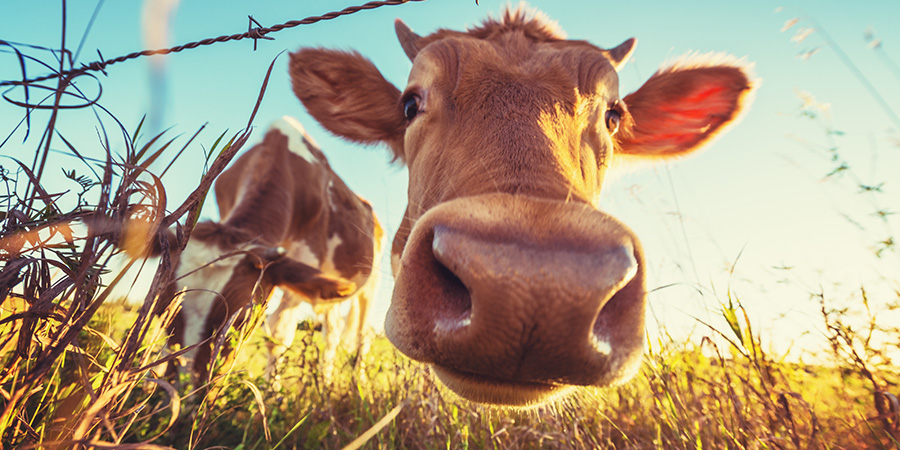
How seaweed could reduce cattle’s methane emissions
Animal agriculture has a negative impact on global warming through emissions of the potent greenhouse gases methane and nitrous oxide. Mitigating methane production by complex microbial communities in cattle’s gut, or rumen, could have a positive impact on feed utilization, diet digestibility and livestock productivity. One way to mitigate methane production would be to limit the abundance of species producing methane in the rumen. Recent advances in microbiology suggest that changes in dietary nutrients directly alter the abundance of various bacteria and archaea species in cattle microbiomes. One known dietary substitute often used by coastal communities during food scarcities is seaweed. A 2016 study from Portugal found that red seaweeds in a combination diet with hay or corn can reduce ruminal methane production. Total gas production in cattle fed seaweed-based diets was 17% less than the control. In addition, a 2021 meta-analysis of seaweed and cattle experiments indicated that a red seaweed, A. taxiformis, has positive effects on overall beef and dairy production and inhibitory effects on the cattle’s methane yields. Future research into the mechanisms underlying seaweed interactions with other feed could lead to a further mitigation of methane production in cows, thereby lessening the greenhouse gas’ contribution to global warming.
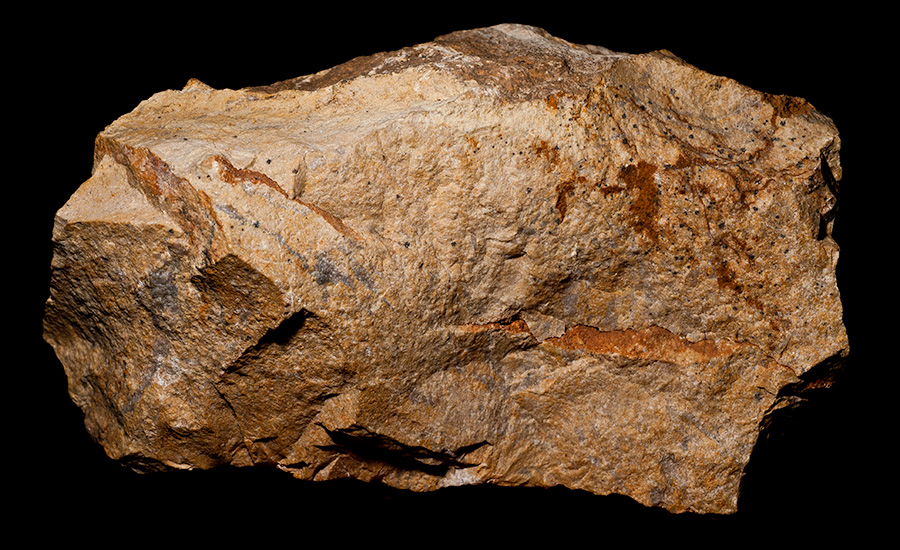
Using bacteria to extract rare earth elements
Many modern technologies, including computers, cell phones and screens, sonars, LED lights, and rechargeable batteries require rare earth elements, or REEs, such as terbium, yttrium and cerium in their production. Mining for REEs is high in labor costs and detrimental to the environment. Recently, scientists have explored an alternative mining prospect called bioleaching to acquire REEs. It uses microorganisms to mine soluble compounds containing REEs through normal metabolic oxidation reactions. The latest proof of concept for bioleaching used acetic acid- and sugar-loving bacteria Gluconobacter oxydans that were engineered genetically to extract REEs from rock in an environmentally friendly, low-temperature, low-pressure method. Because G. oxydans is known for making an acid called biolixiviant that dissolves rock, the researchers have begun to manipulate G. oxydans’ genes so it extracts the elements more efficiently. The project served as a roadmap for alternative extraction methods and showed promise in lowering the cost of traditional thermochemical extraction and refinement methods with increased efficiency while also meeting U.S. environmental standards.
Carbon and nitrogen cycles’ equilibria imbalanced by rising temperatures
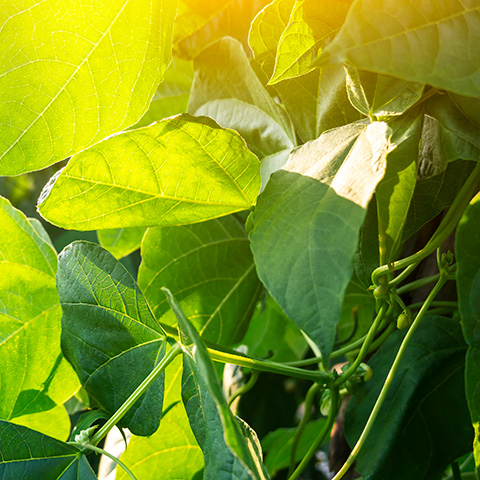
Nitrogen fixation is a chemical process in which atmospheric nitrogen is converted to more reactive nitrogen compounds such as ammonia, nitrates or nitrites. Commonly, bacteria and plants develop a mutualistic relationship where bacteria fix nitrogen for plants and, in exchange, plants fix carbon for the bacteria. This symbiosis leads to the largest input of nitrogen into the biosphere, which researchers previously have predicted is necessary for the continuous uptake of CO2 by the biosphere. This leads experts to believe that nitrogen fixation serves as a mitigating force against climate change.
However, previous models did not account for the impact of rising temperatures on nitrogen and carbon fixation processes. In a new study, researchers at Columbia University sought to investigate this impact by growing tree seedlings at a variety of temperatures to find optimal temperatures for carbon fixation through photosynthesis and for nitrogen fixation. Studies on seedlings showed that a plant’s uptake of CO2 (as well as nitrogen) for metabolic and growth reasons may decrease with an increase in atmospheric temperature, leaving increased levels of carbon dioxide and atmospheric nitrogen in the environment. Specifically, they found that photosynthesis was more efficient at lower temperatures than the nitrogen fixation process. Thus, a few degrees of warming potentially could increase or decrease nitrogen fixation rates depending on the species of trees and the rate of carbon fixation associated with the temperature rise.
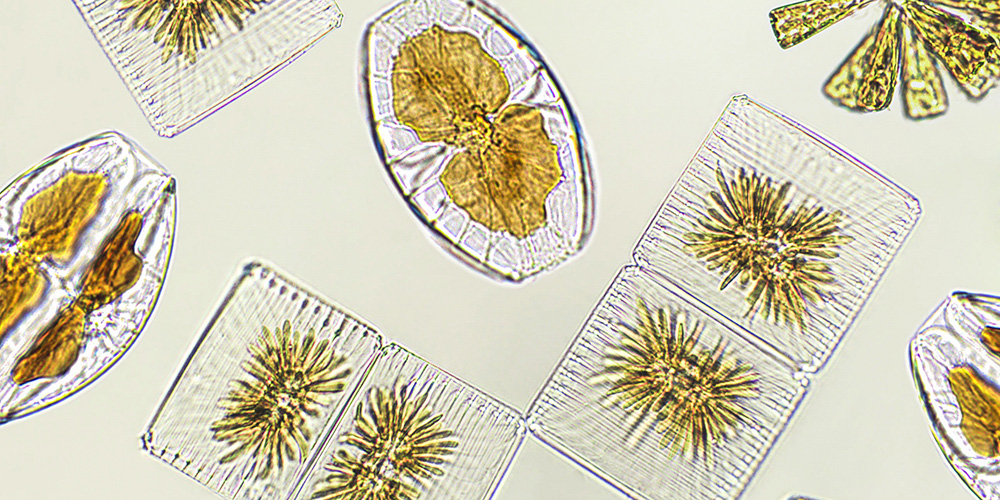
How zooplankton adapt to simultaneous oceanic warming and acidification
Climate change, particularly near coasts, is causing unprecedented levels of ocean warming, due to absorption of heat from the atmosphere, and of ocean acidification (a reduction in pH levels), due to carbon dioxide absorption. Predicting how these ecological factors could have niche-specific impacts on future generations of marine animals has been a challenge for scientists, as phenotypic changes could result from either genetic or environmental triggers. One way to account for these changes is by predictions of evolutionary rescue — where the rate of evolution outcompetes total extinction of a species. Using an estuary copepod to represent zooplankton present in marine food chains and ecosystems, scientists measured the plankton’s evolutionary reproduction rate across 25 generations during which they increased temperature and CO2 concentration. Although the plankton adapted to the environment after a few generations and maintained genetic diversity, the interaction between rising temperatures and acidification triggers from the environment complicated the interpretation of evolutionary rescue measurement for the species. Thus, the work calls climate biologists to use more robust measurements of evolutionary fitness of marine life.
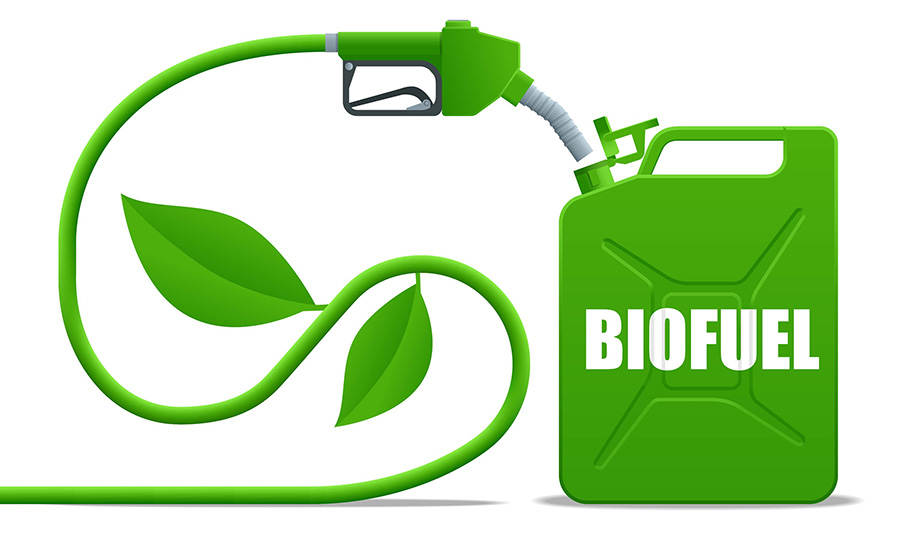
Engineering sustainable microbe factories to produce greener fuels
Plants often are thought of as the main consumers of atmospheric carbon dioxide, which they use to produce sugars through photosynthesis. Increases in the greenhouse gas CO2, however, have led chemical engineers and synthetic biologists on a search for alternative life sources that could uptake these carbon molecules to help lower emission levels. Scientists at Northwestern University and Lanza Tech have harnessed a unique group of bacteria called acetogens to uptake carbon dioxide for the production of valuable industrial chemicals, such as isopropanol and acetate.
To harness the natural capabilities of these acetogens and maximize their output of desired products, these scientists engineered the microbes to be more efficient. They examined common metabolic enzymes and engineered pathways to increase enzyme production; given to the acetogens on plasmids, these pathways enabled optimal production of useful enzymes and minimized enzymes that may convert intermediates to undesired products. In addition, the scientists chose acetogen strains with knocked out genes that further would increase the yield of their desired products. Finally, they examined industrial scale-up methods to ensure the products remained carbon negative.
Overall, they found that these sorts of products can be produced continuously in large bioreactors, with an estimated 1.17-1.78 kilograms of CO2 consumption per kilogram of product.
Enjoy reading ASBMB Today?
Become a member to receive the print edition four times a year and the digital edition monthly.
Learn moreGet the latest from ASBMB Today
Enter your email address, and we’ll send you a weekly email with recent articles, interviews and more.
Latest in Science
Science highlights or most popular articles

Mining microbes for rare earth solutions
Joseph Cotruvo, Jr., will receive the ASBMB Mildred Cohn Young Investigator Award at the ASBMB Annual Meeting, March 7–10, just outside of Washington, D.C.

Fueling healthier aging, connecting metabolism stress and time
Biochemist Melanie McReynolds investigates how metabolism and stress shape the aging process. Her research on NAD+, a molecule central to cellular energy, reveals how maintaining its balance could promote healthier, longer lives.

Mapping proteins, one side chain at a time
Roland Dunbrack Jr. will receive the ASBMB DeLano Award for Computational Biosciences at the ASBMB Annual Meeting, March 7–10, just outside of Washington, D.C.

Exploring the link between lipids and longevity
Meng Wang will present her work on metabolism and aging at the ASBMB Annual Meeting, March 7-10, just outside of Washington, D.C.

Defining a ‘crucial gatekeeper’ of lipid metabolism
George Carman receives the Herbert Tabor Research Award at the ASBMB Annual Meeting, March 7–10, just outside of Washington, D.C.

The science of staying strong
Muscles power every movement, but they also tell the story of aging itself. Scientists are uncovering how strength fades, why some species resist it and what lifestyle and molecular clues could help preserve muscle health for life.

